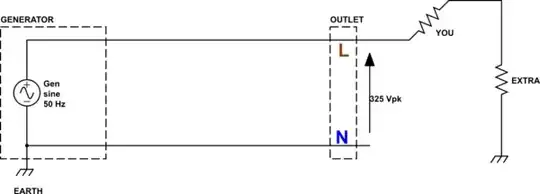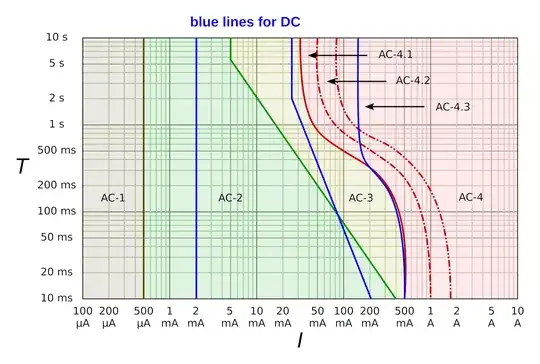You have the right idea that current wants to flow in a loop.
The AC power that comes into your home uses "earth ground" as the ground potential. Literally a metal rod stuck into the earth. The ground is a decent enough conductor of electricity that any metal rod stuck deep enough into the ground has the same voltage potential as any other rod stuck into the ground (generally). Meaning, if you measure the voltage with your meter between 2 ground rods, you measure 0V.
The power generator at the power plant then develops a voltage centered around that ground potential. An AC wave, 120V in the US, arrives at your home.
When you stand on the ground, and hold the hot wire, you are completing the circuit and forming a loop from the generator to earth ground.
A battery is not referenced to earth ground. It's not referenced to anything. Measuring the voltage between 2 different battery negative terminals will give an undefined voltage, because they are not connected. Touching one end of the battery with one hand, and the ground with another, does nothing. Because the battery negative is not connected to earth ground.
If, however, you take your battery negative terminal and connect it the your earth ground rod and then touch the positive terminal, you will get the shock you are looking for.

